Dramatic new photographs from the deck of HMS Prince of Wales offer a rare glimpse into the intensity of night-time flight operations during Operation Highmast, the UK’s flagship carrier deployment to the Indo-Pacific.
Captured by Leading Photographer Bill Spurr and released by the Ministry of Defence, the images show British and American F-35B stealth fighters conducting take-offs and landings in near-total darkness. Pilots from the Royal Navy and U.S. Marine Corps’ VMFA-242 squadron are seen working in close coordination with deck crews under the glow of red and green lights.
[su_custom_gallery source=”media: 61235,61236,61237,61238,61239″ limit=”30″ link=”image” target=”blank” width=”200″ height=”120″ title=”never”]
These striking scenes unfold aboard HMS Prince of Wales as the ship leads Carrier Strike Group 25 through the Indo-Pacific phase of the eight-month deployment. Now operating in Asian waters following visits to Singapore and Australia, the task group has previously sailed through the Mediterranean, Middle East and Indian Ocean.
[su_custom_gallery source=”media: 61240,61241,61242,61243,61244″ limit=”30″ link=”image” target=”blank” width=”200″ height=”120″ title=”never”]
The images underscore the complexity of flight operations at sea, particularly under low-visibility conditions, and highlight the precision required by both aircrew and deck personnel to maintain operational tempo and safety during round-the-clock sorties.
The MOD says Operation Highmast involves more than 4,500 British military personnel across the Royal Navy, RAF and British Army. HMS Prince of Wales is supported by multiple destroyers, frigates and auxiliaries as part of a wider effort to strengthen defence ties with regional partners and reaffirm the UK’s commitment to Indo-Pacific security.
The ship herself
HMS Prince of Wales is a Queen Elizabeth-class aircraft carrier operated by the Royal Navy and based at HMNB Portsmouth. At full load, the vessel displaces approximately 80,600 tonnes and measures 284 metres in length with a beam of 73 metres overall. The carrier features nine decks below the flight deck, with 16,000 square metres of aviation space. It has a top speed tested at 32 knots and a range of 10,000 nautical miles.
The ship’s sensors include the S1850M long-range radar, Type 997 Artisan 3D radar, and Ultra Electronics electro-optical systems. Armament consists of Phalanx CIWS, 30mm DS30M Mk2 guns, and .50 calibre heavy machine guns. The standard ship’s company is 679, with the ability to carry up to 1,600 personnel, including 250 troops.
The vessel has significant aviation capabilities, including a hangar, two aircraft lifts, and support infrastructure for fuelling and rearming. It is designed to operate a carrier air wing of around 24 F-35B Lightning II aircraft alongside various helicopter types such as the Merlin, Chinook, Wildcat, and Apache. The ship also supports airborne surveillance aircraft under the Maritime Airborne Surveillance Capability (MASC) programme.
Construction began in 2011 at Rosyth Dockyard, and the carrier was formally commissioned into Royal Navy service on 10 December 2019, the 78th anniversary of the loss of the previous HMS Prince of Wales.
In 2023, HMS Prince of Wales undertook a series of uncrewed aerial vehicle (UAV) trials. These included logistics tests with W Autonomous Systems in the English Channel and, later, more advanced flight operations in the United States. On 15 November 2023, a General Atomics Mojave UAV successfully launched from and landed on the carrier’s flight deck, marking the first time such a large uncrewed system operated from a non-US Navy carrier.
In 2024, the ship replaced HMS Queen Elizabeth in Exercise Steadfast Defender, deploying to Norway and returning to Portsmouth on 26 March, and eventually sailing for this deployment.


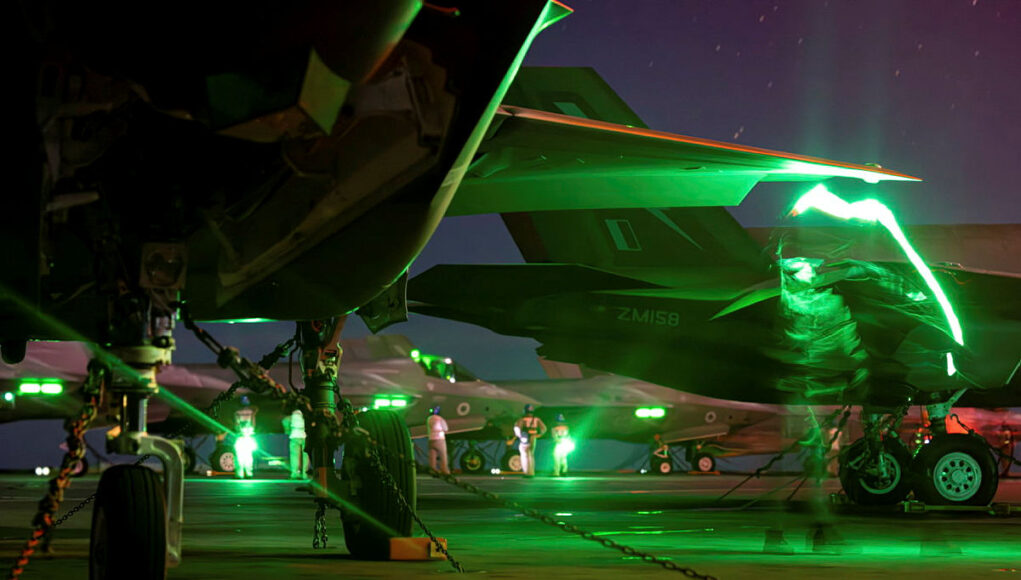


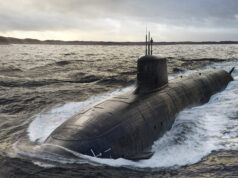
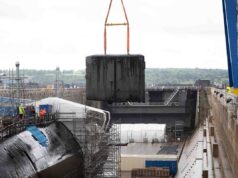
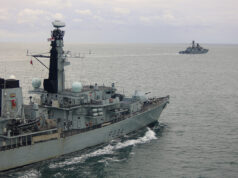
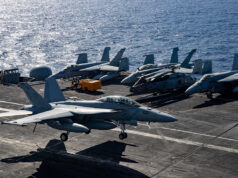
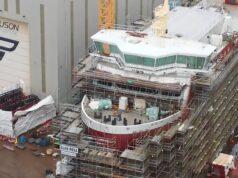

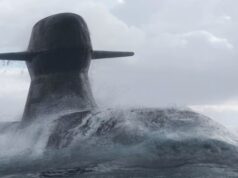
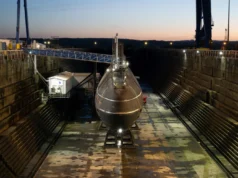

I thought it was designed for a 40 aircraft air group not 24. How many aircraft are on it now? 18 British F35s, 10 American + 6 Merlins = 34 aircraft. So it is still operating under capacity.
Yes can we let this drop. The more f35 we buy now, the more we spend later. ie billions £ upgrading later to full capabilities which will mean we get less planes in the future
Quite. I was only asking what they have on the ship right now. BTW if there is a scandal it isn’t the F35 buy rate it’s the failure to integrate UK weapons onto the airframe. You can have all the stealth jets in the world but they aren’t much good without a beyond visual range air to air missile or a standoff ground/maritime attack missile.
You weren’t asking that at all, you were making the usual snide comment, this is backed up by your reply about weapons availability.
You said nothing new or original or that everyone on here doesn’t already know you were simply deriding the capability nothing more.
The UK will fill both carriers full of the desired firepower (probably more) however we are simply having to adapt our methods because of circumstances beyone our control.
Hard for LM to justify the priority with the UK buying so few airplanes.
The Navy have said 24 F35s is the standard peace time compliment. The ship has the space and could easily handle double that.
Sorry thought you were one of the chaps demanding we buy them all in one go. Something no country buying fighters do.
The weapon integration is a clear US marketing policy to destroy uk weapon sales as competition to the US
Exactly, why the hell would anyone demand we buy all of them in one go, It’s not like we need to have a full load on a carrier and a whole bunch to replace Tornado.
Way better to drip feed a couple at a time over a 50 year period and save all the costs of new pilots, training, maintenence and support.
Glad I’m not “One of those chaps”.
What a wonderful experience this tour is for the young men and women crewing POW and the other ships.
One minute you’re wandering round some failing housing estate, not knowing what the hell to do with your life, the next you’re in the RN, seeing and doing extraordinary things most of us can’t even imagine.
Launching F35s in the moonlight mid Pacific, visiting countries you probably didn’t know existed, meeting people from so many different cultures.
Good luck to them all, I’m very jealous!
What a wonderful posting. While I lived in Key West FL we had a real assortment of RN, RFA, and others pop in for a quick run ashore. Some of the BEST comments came from the USN interactive comments as well as a few WONDERFUL stories from the Key West Police, all in begrudging respect for the younger lads , and lasses!
Can we set aside, for a moment, the continuing discussion on the F-35B and congratulate Leading Phot Bill Spurr on his fantasic group of captivating photos. Looking at the second to last pic, if I’ve got my nav light colours right, it looks like an F35 coming in for a rolling landing on the stern of POW.
… but I don’t think they do rolling landings?